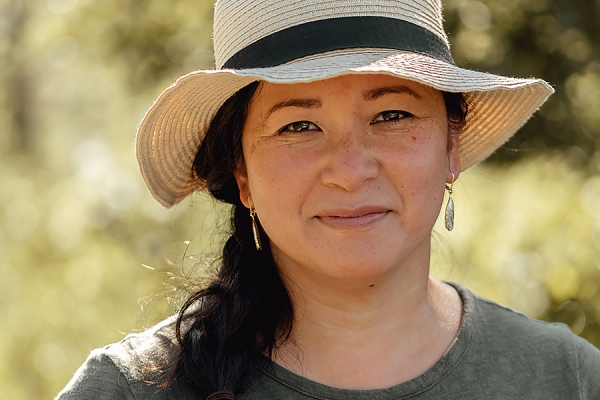 Doctoral student Shayenna Nolan will discuss key findings in a study of the Grand Marais Drain on Tuesday, Nov. 22.
Doctoral student Shayenna Nolan will discuss key findings in a study of the Grand Marais Drain on Tuesday, Nov. 22.
A presentation Tuesday, Nov. 22, will focus on understanding stream health in modern human-impacted landscapes.
Shayenna Nolan (BSc 2021), a PhD student in integrative biology and director of communications at the Healthy Headwaters Lab in the Great Lakes Institute for Environmental Research, will deliver “Streams of the Anthropocene” over Zoom starting at 7 p.m.









